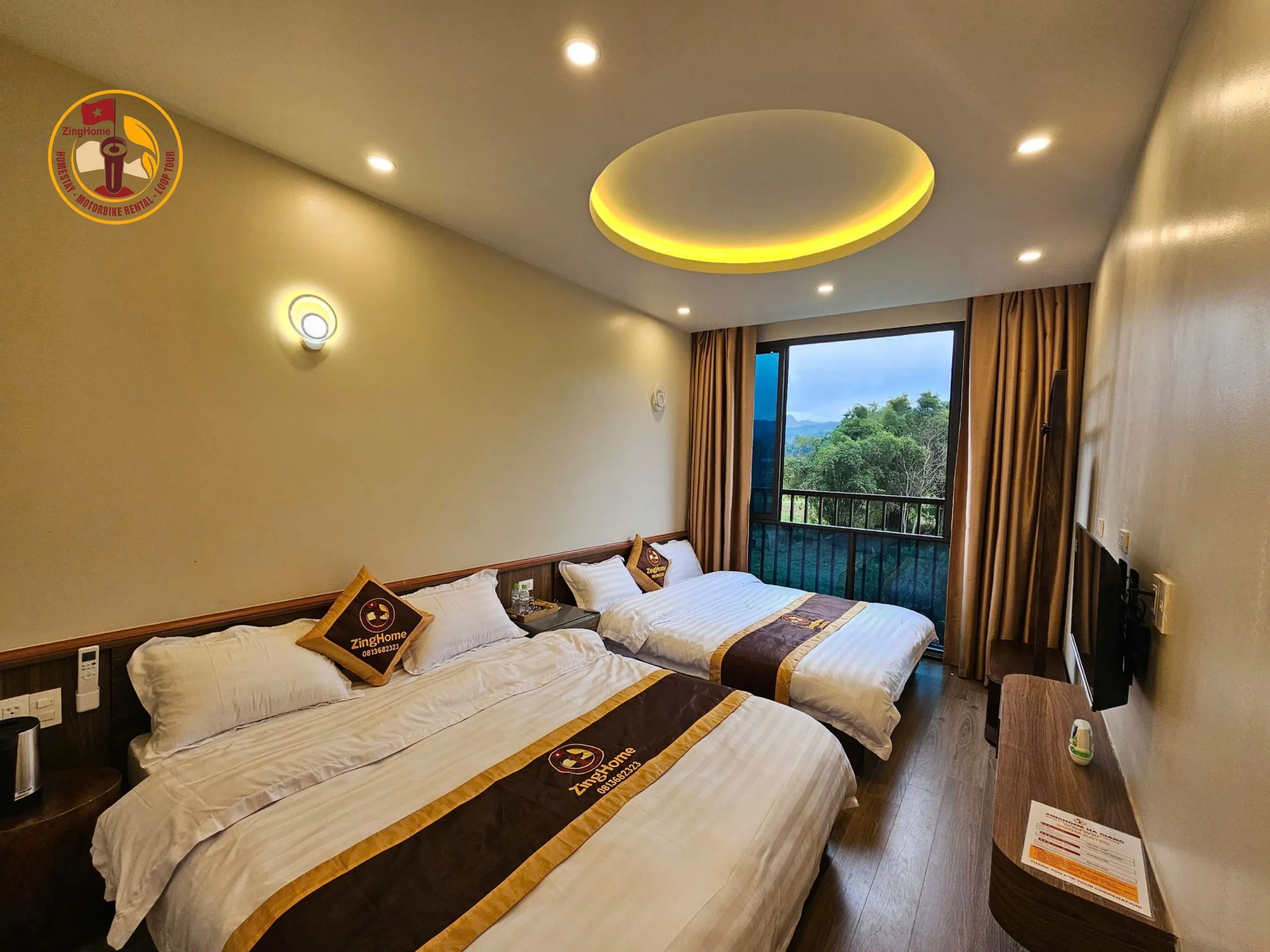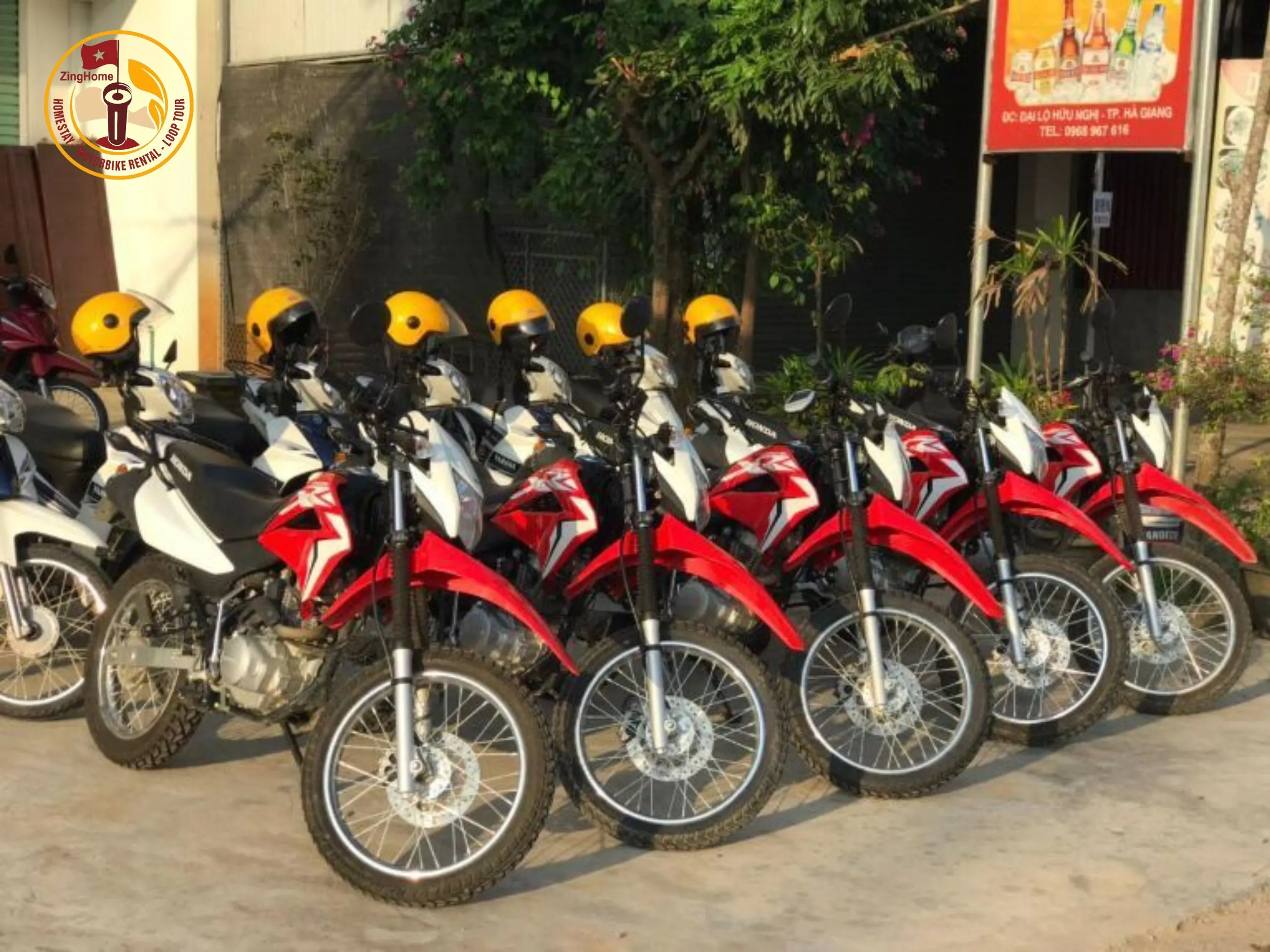Historical Background
The Hmong King’s Palace was built in 1919 under the direction of Vương Chính Đức, a wealthy and influential Hmong leader in the Đồng Văn region. Recognized by the Nguyễn Dynasty as the local governor of the Hmong people in Hà Giang, Vương Chính Đức gained substantial wealth and authority, partially through connections with both the feudal government and the French colonial administration. The palace became a powerful symbol of his family’s status and dominance.
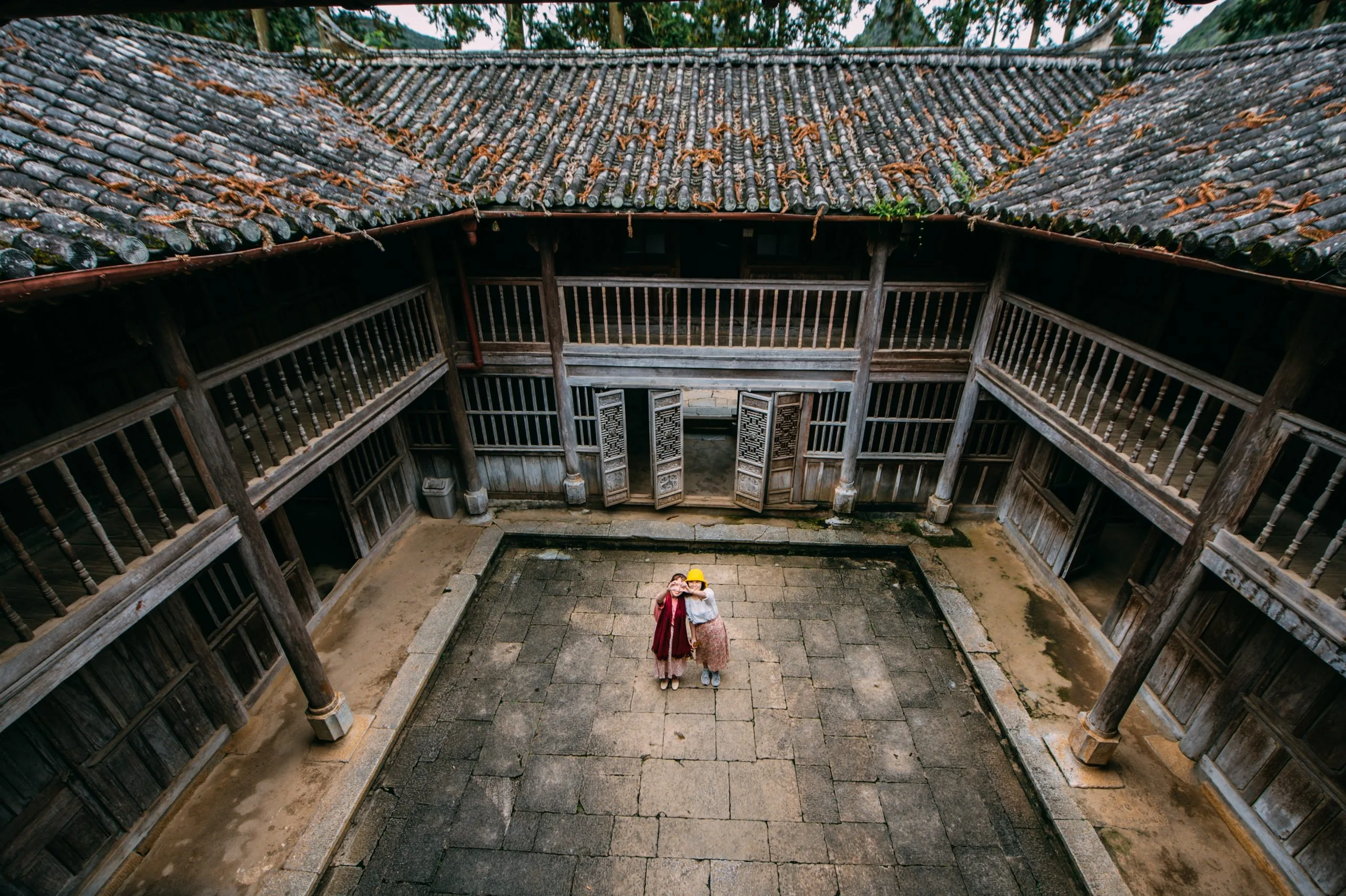
The Hmong King’s Palace was built in 1919 under the direction of Vương Chính Đức
Unique Architecture
-
The palace is designed in the shape of the Chinese character “王” (Wang), meaning “king,” representing supreme power.
-
Main materials: Green stone, precious sa moc wood, and yin-yang tiles.
-
Architectural style: A harmonious blend of Qing Dynasty Chinese architecture and traditional Hmong construction methods.
-
Layout: Comprises 3 main houses, 6 auxiliary buildings, and a total of 64 rooms, including living quarters, storage areas, reception halls, administrative offices, and guard posts.
Location & How to Get There
-
Address: Sa Phin Commune, Đồng Văn District, Hà Giang Province.
-
About 15 km from Đồng Văn Town, the palace is accessible by motorbike or car along scenic, winding mountain roads. It’s a must-see stop on the way to Vietnam’s northernmost point.
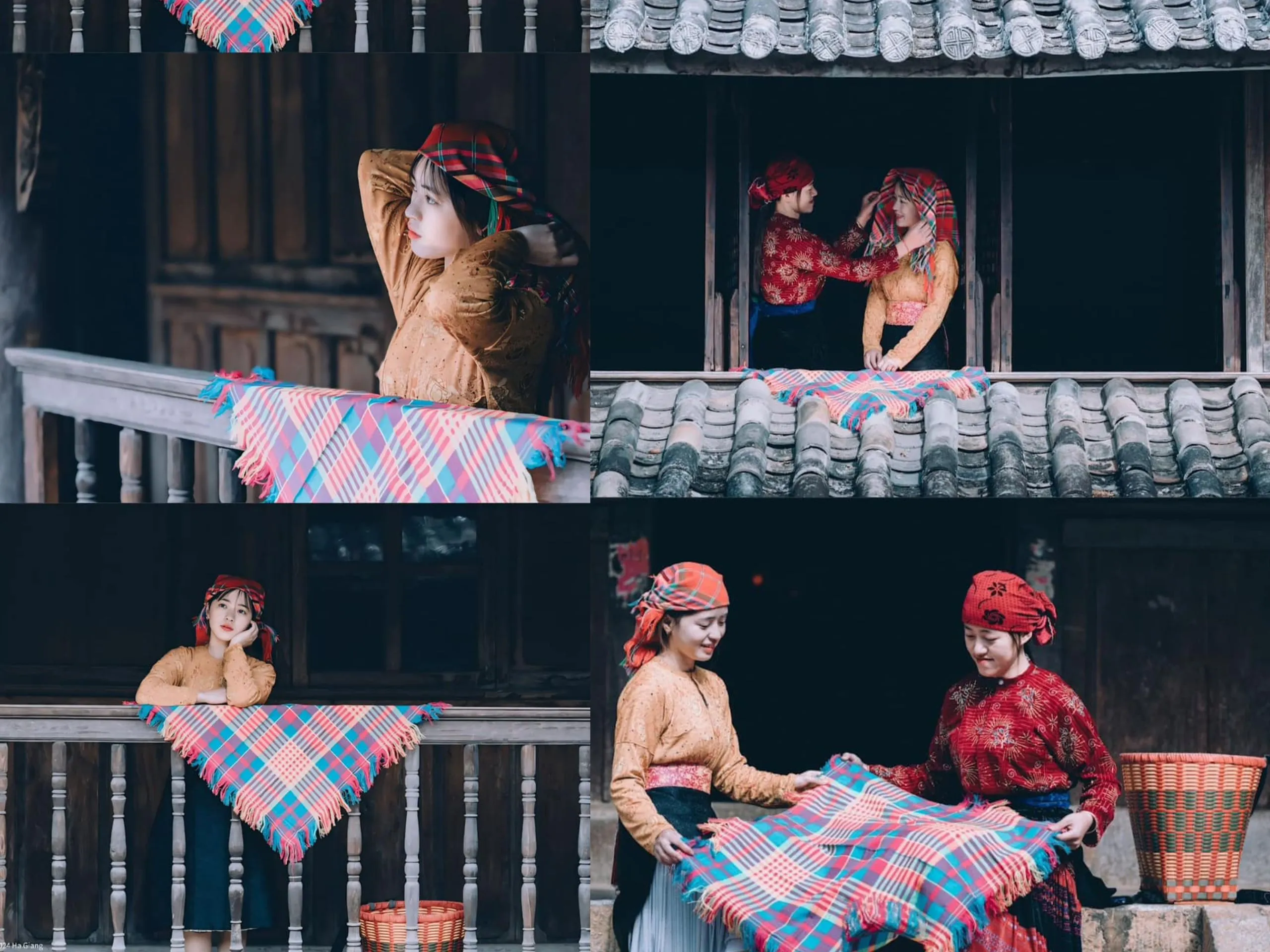
The Hmong King’s Palace (Vương Chính Đức Palace)
Cultural and Historical Significance
-
The palace not only served as a royal residence but also stood witness to pivotal historical and social changes in northern highland communities.
-
In 1993, it was recognized as a National Architectural Heritage Site.
-
The site reflects the hierarchy, political influence, and cultural exchange between the Hmong people and the feudal society of early 20th-century Vietnam.
Entrance Fee & Visiting Hours, The Hmong King’s Palace (Vương Chính Đức Palace)
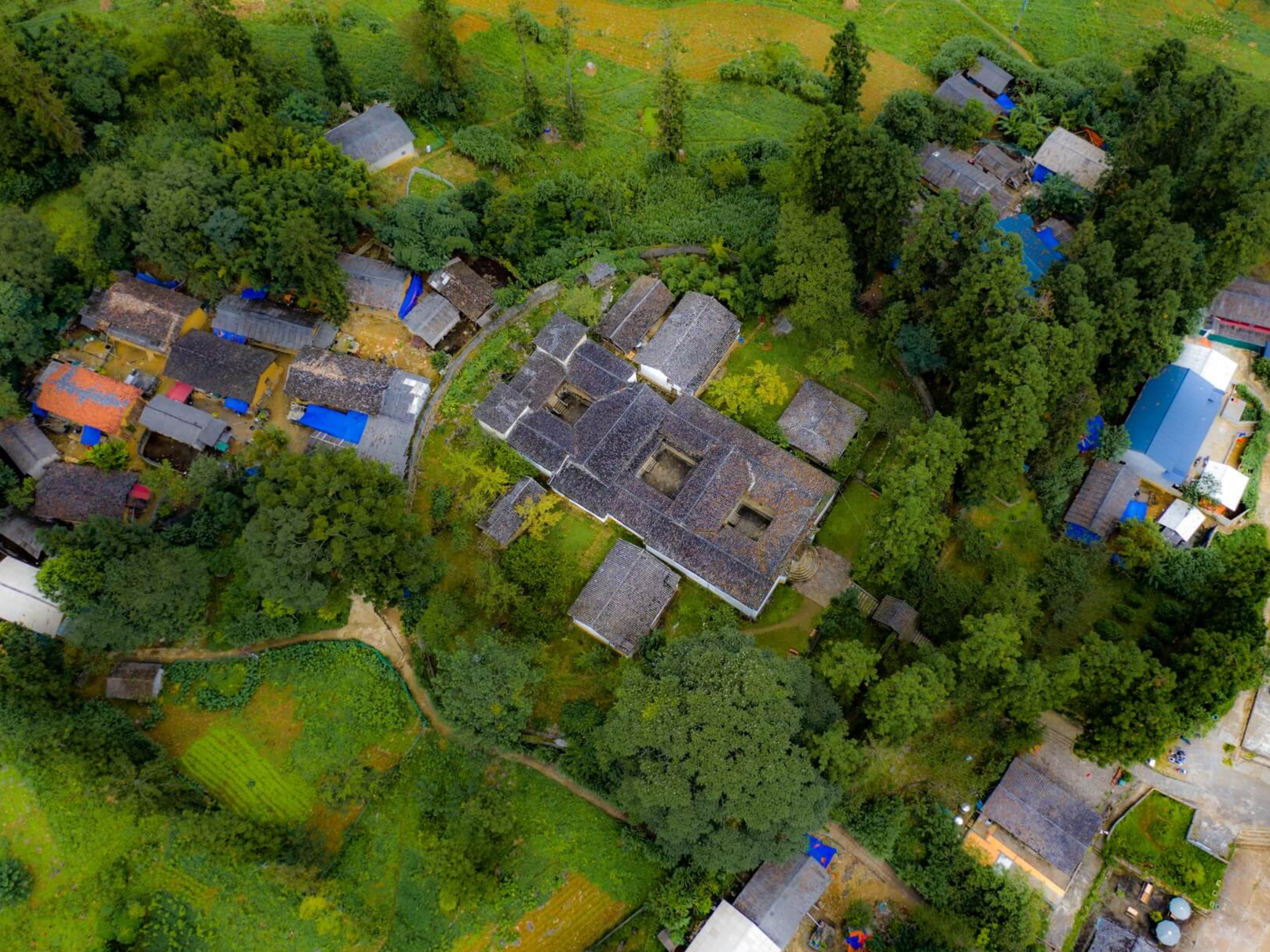
Entrance Fee & Visiting Hours, The Hmong King’s Palace (Vương Chính Đức Palace)
-
Ticket price: Around 20,000 VND per person.
-
Opening hours: 7:30 AM – 5:00 PM daily.
-
Local guides are available to offer detailed stories about the Vương family’s legacy and explain the functions of each part of the residence







